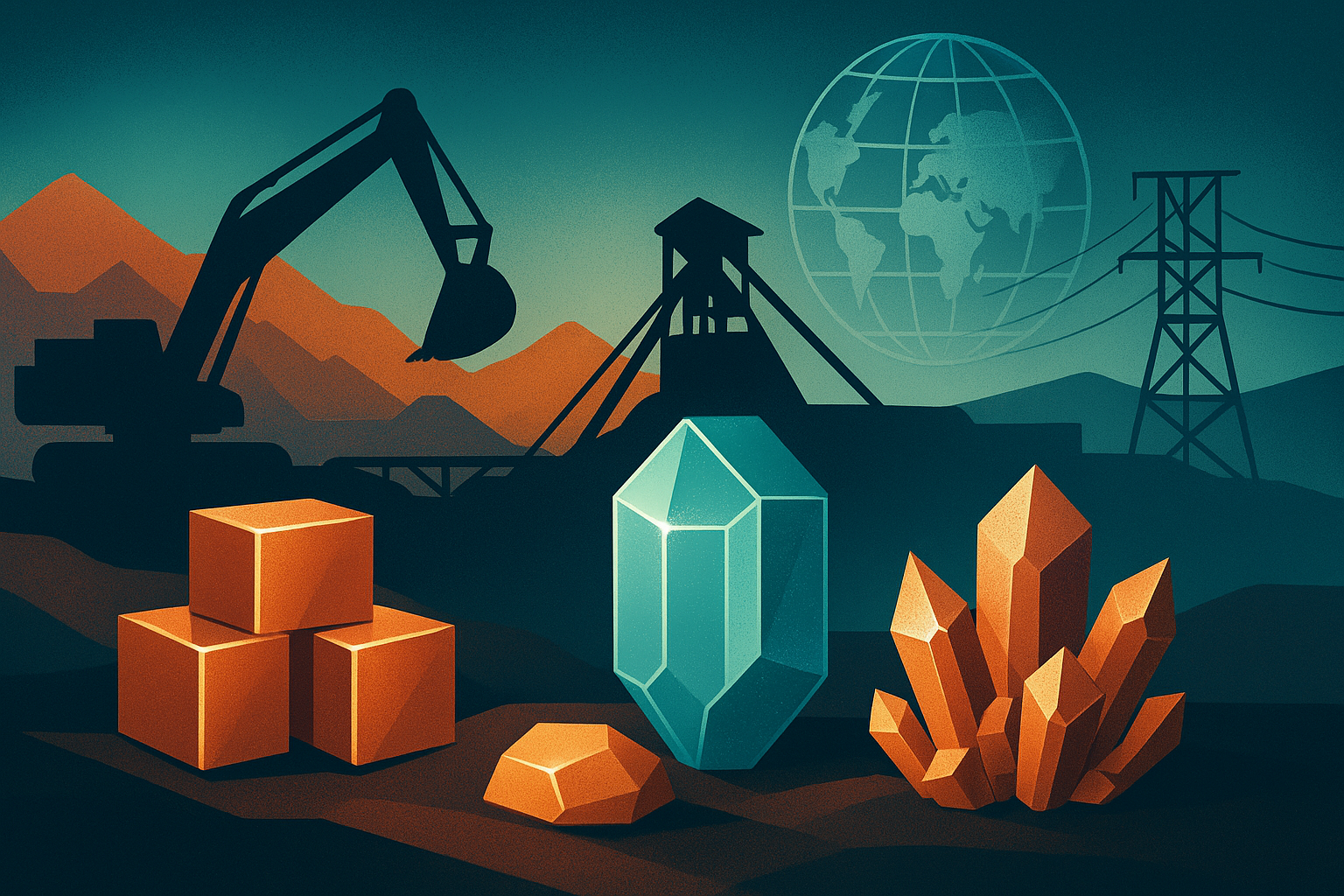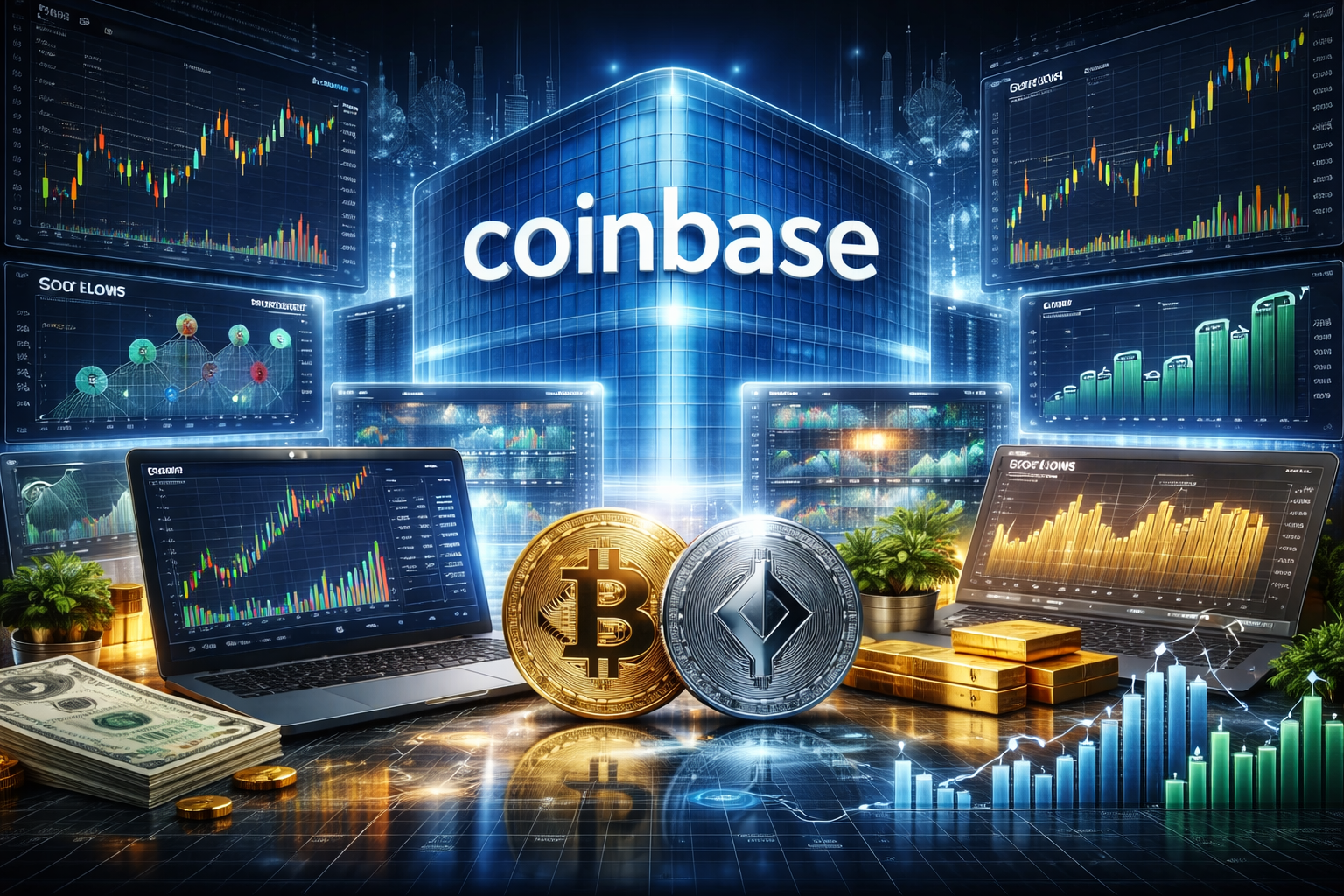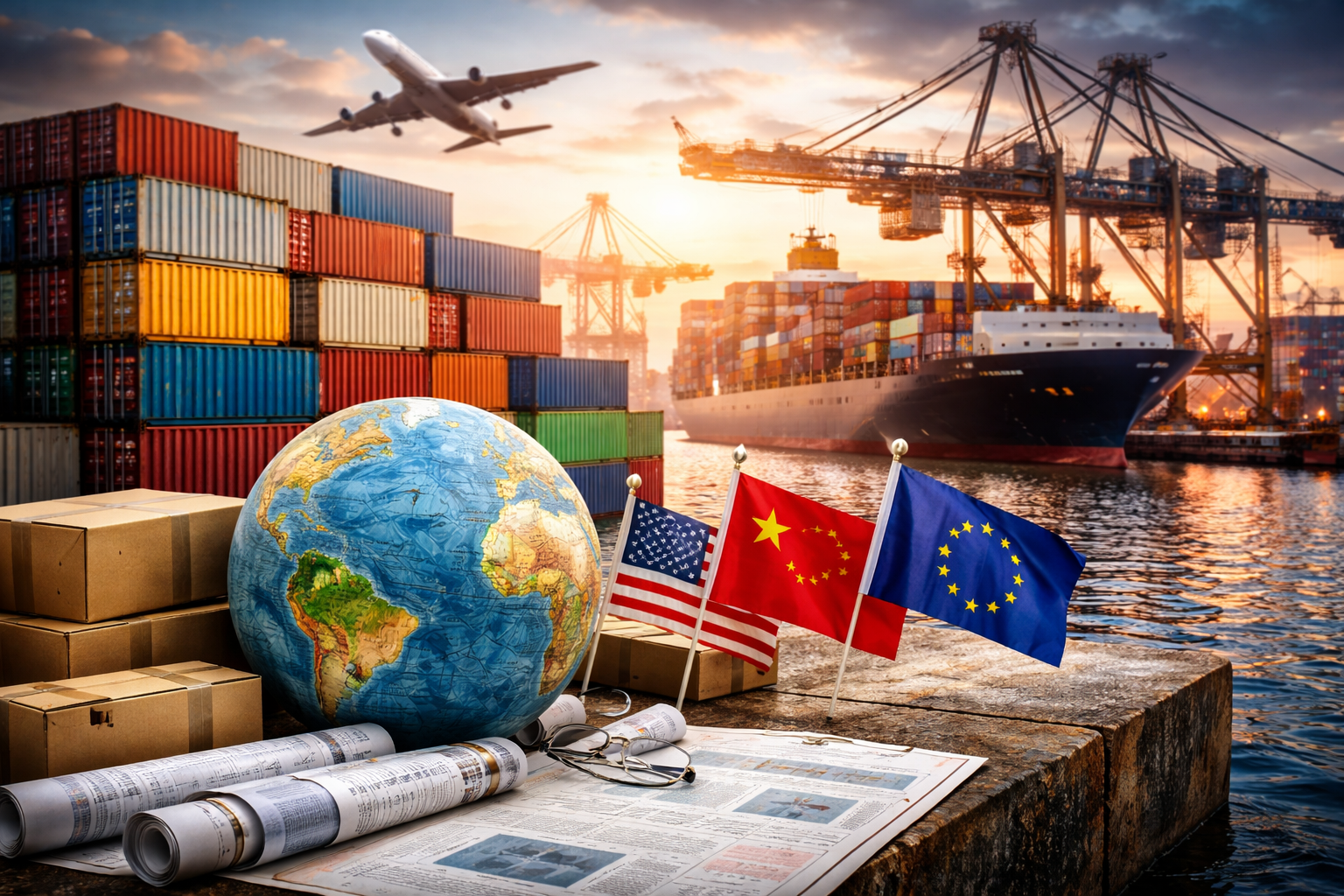The spotlight at this year’s IMARC 2025 in Sydney has crystallised around a clear message for investors: the era of passive optimism in critical‐minerals is over — governments and capital markets are mobilising. According to a new analysis by Reuters, three major themes emerged from the conference: ramped-up government involvement, decarbonisation pressure on mining operations, and a strategic shift in supply‐chain diversification away from dominance by China.
Why This Matters for Investors
For years, the mining industry’s talk of “critical” and “transition” metals has burned brightly but delivered slowly. At IMARC 2025, however, the tone changed. According to Reuters:
- The “hot money” is now chasing deposits of copper, lithium, rare earths and speciality minerals rather than gold or traditional bulk commodities.
- Governments are no longer spectators. For example, the U.S. Export‑Import Bank has issued letters of interest (LOIs) totalling US $2.2 billion to Australian miners in connection with a broader US-Australia deal.
- Decarbonisation is now being pitched not just as “green virtue” but as cost-savings: miners at the conference noted that reducing operational carbon is increasingly driven by lower energy and maintenance costs—not just ESG mandates.
For investors, this convergence of public policy, capital flows and supply-chain realignment signals a structural inflection rather than a short-term cycle.
Key Trends Emerging
Supply-Chain Realignment Beyond China
China still commands ~90 % of the world’s refined rare‐earths, ~90 % of graphite and ~70 % of lithium refining capacity. This dominance has triggered a backlash. The US and Australia, for example, signed an agreement this month committing up to US $8.5 billion to develop alternative supply chains.
But analysts caution that these efforts won’t dislodge China’s position overnight: “It’s a 400-metre race and China is already three-quarters of the way around the track and the West is just placing its starting blocks.”
Investor takeaway: Companies that secure offtake deals or processing contracts outside China could command a premium. But the transition will be multi-year and capital intensive.
Government as De-Risker of Mining Investment
Mining is historically high-risk—with permitting delays, cost overruns and commodity cycles all ingrained in investors’ memories. But IMARC attendees flagged a shift: public financing, guarantees, and bilateral government agreements are increasingly being used to de-risk new projects.
Investor takeaway: Junior miners backed by strong government off-take or infrastructure support may offer asymmetric upside, but they still carry early-stage project risk.
Decarbonisation for Survival and Efficiency
Mining companies are no longer simply adding rooftop solar for optics—they are adopting energy-efficient processes, electrified haulage, and lower-carbon refineries because it makes economic sense. In Sydney, one speaker noted that “green credentials are nice—but what really excites us is cost-savings.”
Investor takeaway: Companies with lower operating-cost profiles and strong decarbonisation plans are likely to survive commodity downturns better.
Risks to Consider
- Project timing and execution: Many critical-minerals projects are still several years away from production. As one analyst warned, “nothing can happen quickly” in rare earths.
- Cost premium vs Chinese supply: Alternative supply chains outside China will likely cost more. The market may struggle with higher prices unless demand growth is strong.
- Commodity-price vulnerability: Even “critical” metals are not immune to commodity cycles or oversupply risk in the medium term.
Where Should Investors Focus?
- Emerging producers with offtake agreements: Look for miners with government-backed contracts or strategic customers in clean energy, EVs or defence.
- Mid-stream/refining plays: Raw ores are useful, but refining and processing are bottlenecks—companies advancing mid-stream capabilities may be under-valued.
- Companies with ESG/efficiency advantage: Firms with modern mining methods, electrified fleets or strong decarbonisation commitments may offer lower risk in volatile times.
At MoneyNews.Today, we will continue to track how government policy, supply-chain restructuring and mining capital flows are reshaping the critical-minerals space. Stay tuned for deeper company-level coverage and key developments that could impact portfolios in the coming months.
— By the MoneyNews.Today Resources & Commodities Desk





